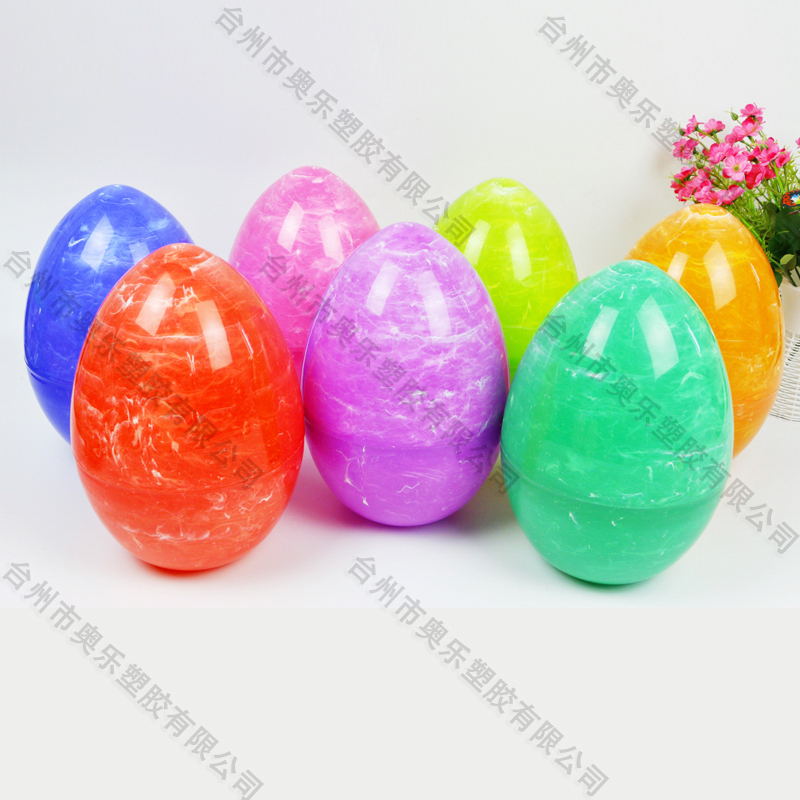

The advent of eggshell crafts broke through the limitations of the traditional form of easter eggs, and the issue of "eating" can no longer be considered. In modern Europe, a wide variety of egg shell decoration methods have emerged one after another, such as egg inlay art, egg enamel art, egg mounting technique, egg makeup wrapping technique, egg batik technique, egg scenery technique and egg electromechanical application technique, etc. Later, the art of egg embroidery was developed. The insiders collectively refer to the eggshell crafts processed by the above-mentioned decorative methods as "decorative eggs". So far, there are not only traditional dyed eggs and egg paintings in the big family of easter eggs, but also decorative eggs with colorful and different shapes have been derived.
The masters of decorative egg art are the first to promote egg inlay art. In the pursuit of luxury, royals and nobles in European history rushed to use expensive gold and silver jewelry as inlays to process Easter eggs to make eggshell crafts with a more exquisite appearance. There have been many amazing works of great value, the most famous of which is Karl Gustavovich Faberge (Karl Gustavovich Faberge, 1846~1920), a famous Russian goldsmith and arts and crafts designer. ) From 1885 to 1916, there were more than fifty royal Easter eggs made for the Tsarist royal family. Ten of them are still stored in the Kremlin, most of which have been scattered around the world due to social unrest.

On January 8, 2004, the wealthy American Forbes family announced that the nine Tsar's Royal Easter Eggs would be auctioned at Sotheby's in New York, USA. After learning of the news, Russian oil giant Vekselberg immediately invested in the recovery of the national treasure. It took less than a month to spend 54 million pounds to buy the nine royal easter eggs, and they became Russia's. national hero. The artistic expression of egg inlay art far surpasses traditional egg dyeing techniques and egg painting art. It also focuses more on the embodiment of the added value of poultry egg shells than other decorative egg art, creating the myth of egg art.